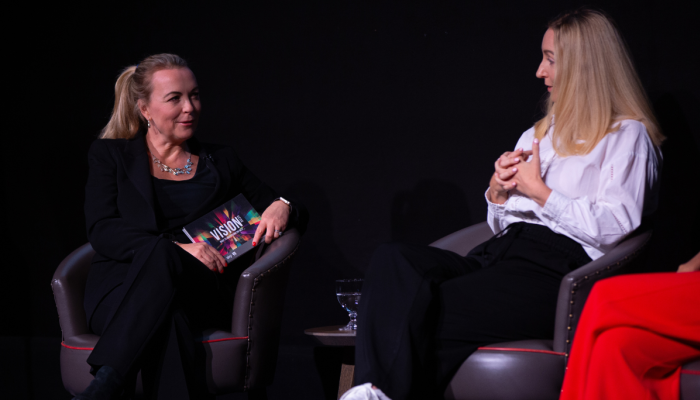With the nature of media consumption changing faster than ever before, the importance of context in the delivery of brand communication has never been higher. Recent IPA touchpoint research has revealed almost all UK adults consume two or more different types of media in the space of 30 minutes; a quarter even admit to alternating between three. In this environment, the context in which brand communication is delivered, and the nature of the user experience, have arguably become just as important as the creative content being delivered.
In this rapidly evolving world, big data is hugely compelling and indeed, gives fast and detailed feedback about audiences reached and the number of impacts achieved. But there is often a lack of more nuanced insight about the nature of the experience delivered and, in particular, the impact of device, channel and surrounding content on the way people respond to brand communication. This is where methodologies that focus on subconscious responses can help to deliver a new layer of understanding, and companies like Neuro-Insight, which use neuroscience to track brain response, are being asked to do more and more work in this area.
The interaction between an audience, a context and the content being consumed is often very subtle; almost impossible to understand by asking people what they think is going on. Question-based research can work well if the answers sought are rational or binary; asking whether someone has a car or a pet, or how often they go shopping is likely to elicit an accurate response. But it’s much harder for people to know and articulate the impact of things they may not consciously be aware of - like the true effect of stimulus that has emotionally impacted them, or whether context has affected the impact of a piece of communication.
For sure, people will tell you what they believe is going on; and will genuinely try to do this accurately. But mostly, as human beings, we simply aren’t aware of the underlying factors that affect the way we react to communication. Whilst people might honestly believe that what they say is truthful and accurate, subconscious responses often tell a very different story. For example, an ad that people don’t consciously remember isn’t necessarily failing – brand information can go into memory implicitly in a way that can affect future actions without eliciting conscious awareness. Neuroscience-based research can pick this up where claimed recall would not. Similarly, people may be unable to articulate the specific ways in which the viewing context alters their perception of content, or impacts the likelihood of them remembering it, and yet by looking at brain response we can pick up clear differences in emotional response, personal relevance and memorability that will have a huge impact on an ad’s effectiveness.
The reality is that context can have a profound effect on the way an audience engages with content and how much of it they will remember. Brain imaging research can reveal how content that works well on one device or platform might elicit a very different response when viewed on another, or delivered in a different online context.
Ultimately, the overall effectiveness of a campaign is more likely to be maximised if those developing and delivering it understand the creative elements that work well for the brain in every context in which it appears. It’s this additional layer of understanding that can make the difference between good and great; and a true understanding of context is a crucial skill for marketers in a world where content is consumed via more disparate platforms and in more contexts than ever before.
Written by Heather Andrew CEO of Neuro-Insight (UK)



